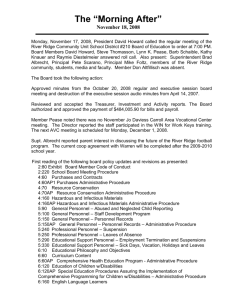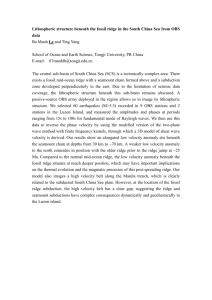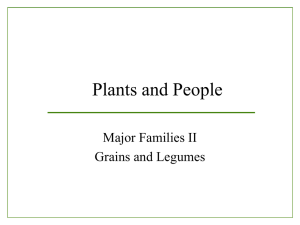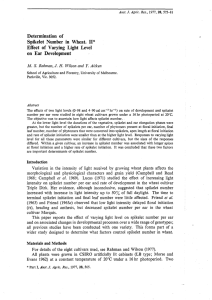Plant anatomy
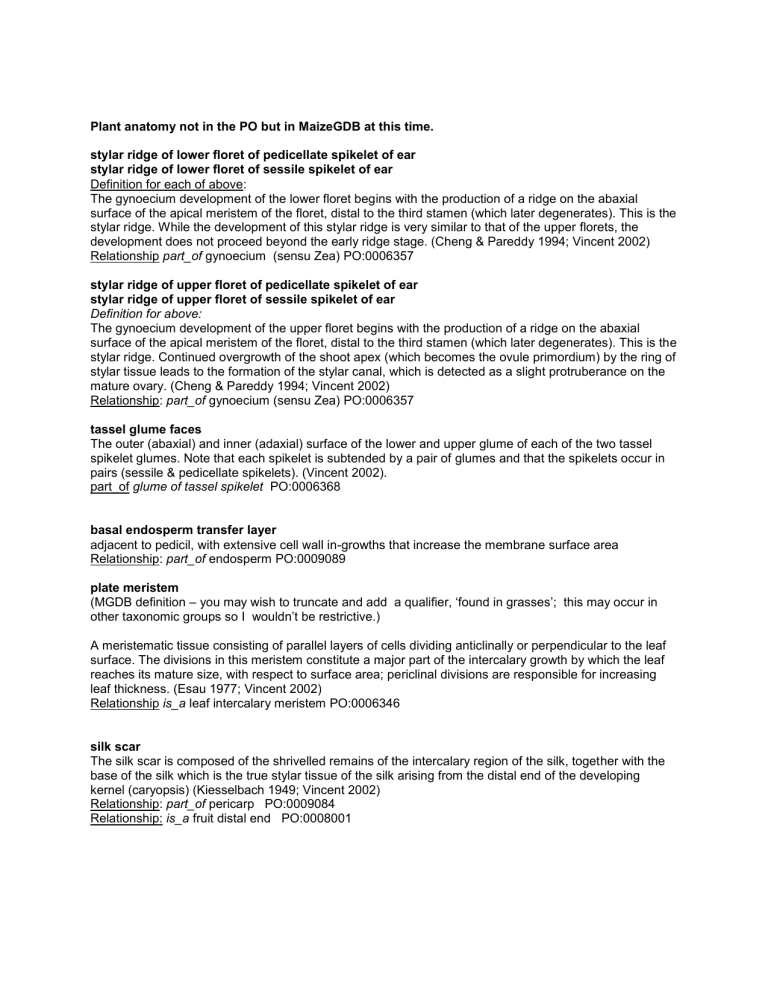
Plant anatomy not in the PO but in MaizeGDB at this time. stylar ridge of lower floret of pedicellate spikelet of ear stylar ridge of lower floret of sessile spikelet of ear
Definition for each of above:
The gynoecium development of the lower floret begins with the production of a ridge on the abaxial surface of the apical meristem of the floret, distal to the third stamen (which later degenerates). This is the stylar ridge. While the development of this stylar ridge is very similar to that of the upper florets, the development does not proceed beyond the early ridge stage. (Cheng & Pareddy 1994; Vincent 2002)
Relationship part_of gynoecium (sensu Zea) PO:0006357 stylar ridge of upper floret of pedicellate spikelet of ear stylar ridge of upper floret of sessile spikelet of ear
Definition for above:
The gynoecium development of the upper floret begins with the production of a ridge on the abaxial surface of the apical meristem of the floret, distal to the third stamen (which later degenerates). This is the stylar ridge. Continued overgrowth of the shoot apex (which becomes the ovule primordium) by the ring of stylar tissue leads to the formation of the stylar canal, which is detected as a slight protruberance on the mature ovary. (Cheng & Pareddy 1994; Vincent 2002)
Relationship: part_of gynoecium (sensu Zea) PO:0006357 tassel glume faces
The outer (abaxial) and inner (adaxial) surface of the lower and upper glume of each of the two tassel spikelet glumes. Note that each spikelet is subtended by a pair of glumes and that the spikelets occur in pairs (sessile & pedicellate spikelets). (Vincent 2002). part_of glume of tassel spikelet PO:0006368 basal endosperm transfer layer adjacent to pedicil, with extensive cell wall in-growths that increase the membrane surface area
Relationship: part_of endosperm PO:0009089 plate meristem
(MGDB definition – you may wish to truncate and add a qualifier, ‘found in grasses’; this may occur in other taxonomic groups so I wouldn’t be restrictive.)
A meristematic tissue consisting of parallel layers of cells dividing anticlinally or perpendicular to the leaf surface. The divisions in this meristem constitute a major part of the intercalary growth by which the leaf reaches its mature size, with respect to surface area; periclinal divisions are responsible for increasing leaf thickness. (Esau 1977; Vincent 2002)
Relationship is_a leaf intercalary meristem PO:0006346 silk scar
The silk scar is composed of the shrivelled remains of the intercalary region of the silk, together with the base of the silk which is the true stylar tissue of the silk arising from the distal end of the developing kernel (caryopsis) (Kiesselbach 1949; Vincent 2002)
Relationship: part_of pericarp PO:0009084
Relationship: is_a fruit distal end PO:0008001


